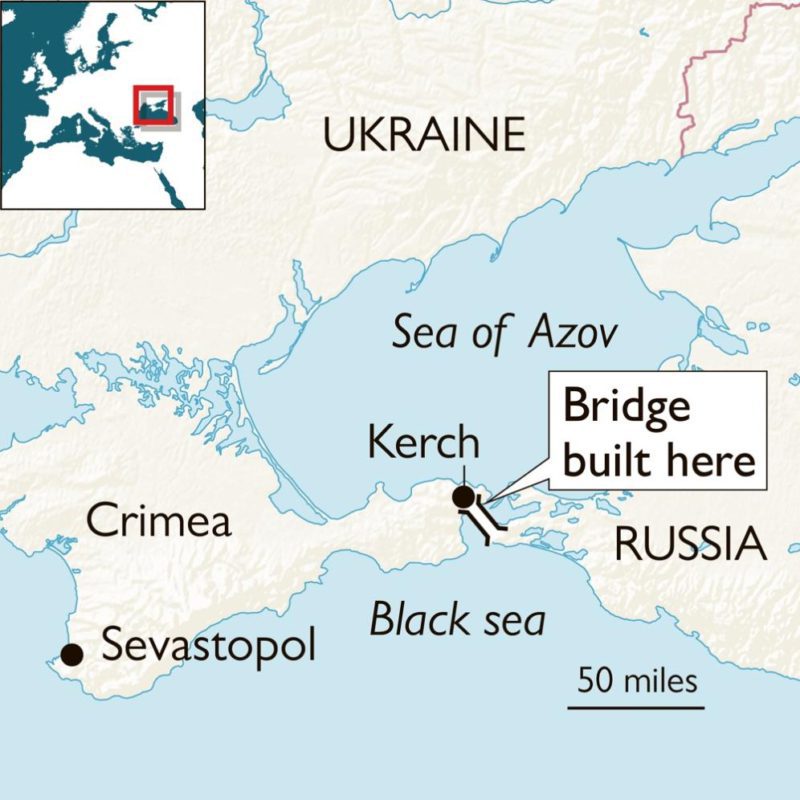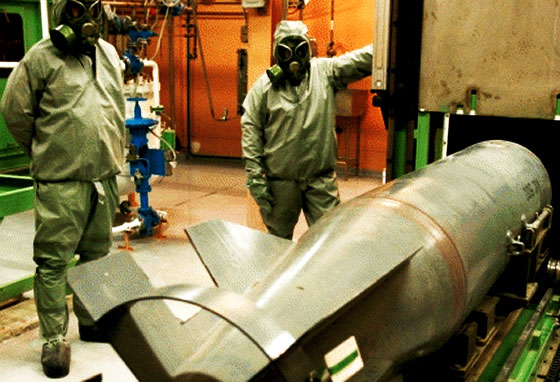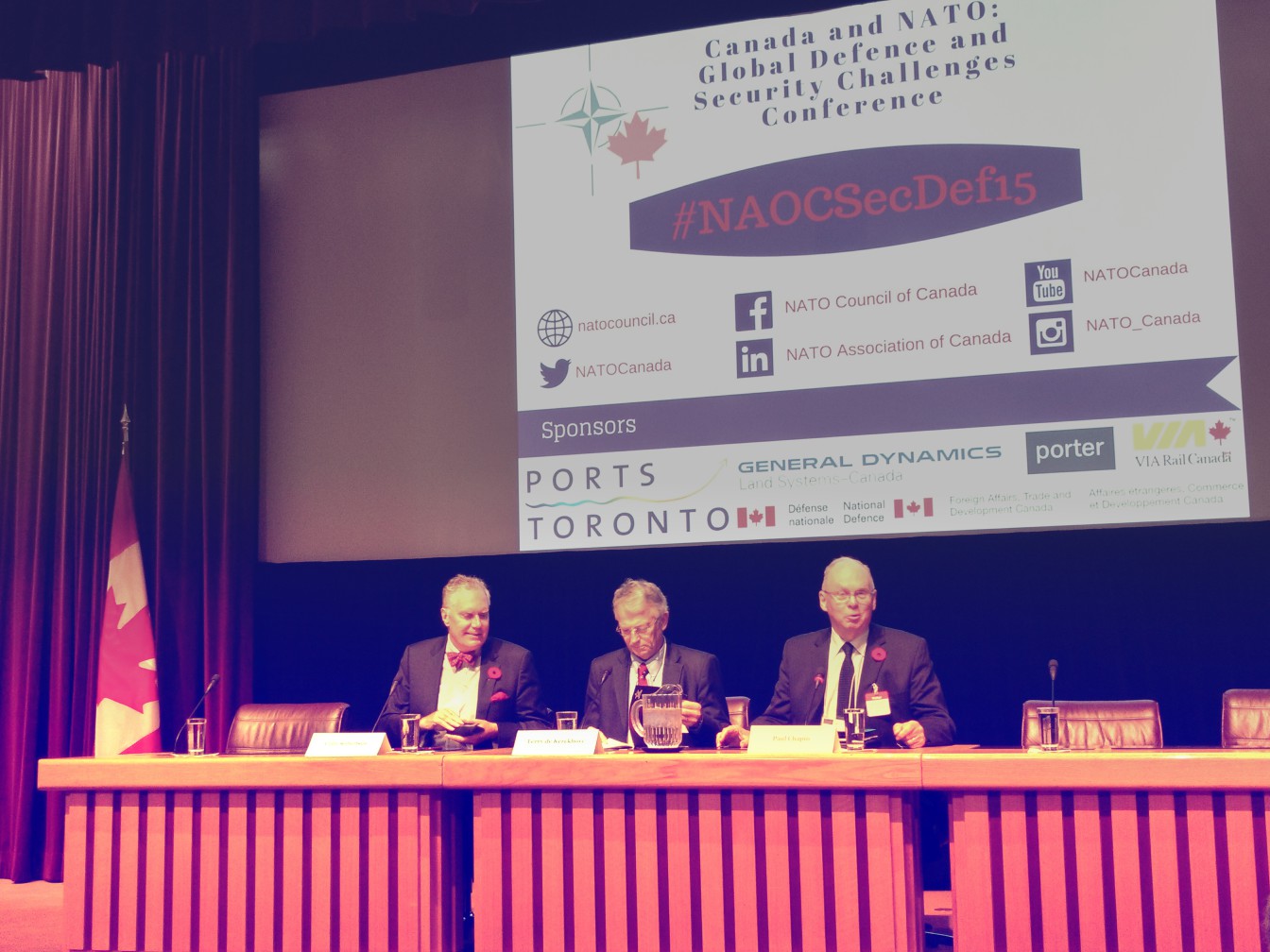When the Russian Federation annexed Crimea in 2014, it was in some ways simply the next step in Russia’s historical quest for secure access to warm-water ports. Since Tsar Peter the Great conquered ports on the Baltic and Azov seas, Russia has fought to maintain and develop new access-points to ice-free water.
The events of November 25, in which the Russians blocked the straits by positioning a tanker under the bridge, then fired on three Ukrainian naval vessels, injuring Ukrainian sailors, and seized the ships, have bought the conflict back into the spotlight. Until this incident, however, “Ukraine weariness” reigned, with this forgotten conflict on the edges of Europe dragging on with no end in sight.
Even before the events of November 25, some had identified this new area of tension between Russia and Ukraine, and by consequence with the wider Western community – not in Crimea or Eastern Ukraine, but in the Azov Sea. There are increasingly urgent calls to heed what some call Russia’s attempted “annexation” of the Azov Sea.
Immediately after the annexation of Crimea, the Russian government started building a bridge to connect the Crimean peninsula to the Russian mainland. The Kerch Bridge was built with impressive speed, completed in May 2018. Within twelve hours of opening, 14,000 cars had already crossed the new bridge.
The contract to build the bridge was awarded to Arkady Rotenburg, a longtime friend and supporter of Vladimir Putin. Despite his complaints that it would harm his reputation and thus business interests in the West, he accepted, calculating that the reward would outweigh the risk.
So why did Russia build this bridge? The Kerch Bridge is a practical link, allowing trade and travel between the Russian mainland and Crimea. Before the annexation, Crimea was entirely reliant on mainland Ukraine for water, fuel, power, labour and capital. After the annexation, all this transport had to be done over the ferry, which is not very efficient. This practical aspect also applies to security, as the bridge would provide an easier way to bring troops into the peninsula. The bridge may also facilitate demographic changes, by encouraging ethnic Russians from the North Caucasus to immigrate to Crimea, diluting the current population of ethnic Ukrainians and Crimean Tatars.
The Kerch bridge is also symbolically significant, as it will provide a physical link between Russia and the Crimean peninsula, which is not attached to Russia at all. In addition to the benefits of the bridge for Russians, it also provides a barrier, cutting off the Azov Sea from the rest of the Black Sea, and hence the world’s oceans.
This barrier is due mostly to the bridge’s height. The bridge sits at only 33m above sea level, meaning that only vessels with a clearance of 33m or less can pass under it. The events of November 25 have shown that the Russians can easily completely block off the sea by barring the narrow bridge with a tanker. However the low clearance alone means that one-fifth of previous ship traffic can no longer enter the Sea of Azov, cutting off an important trade for Ukrainian port cities, such as Mariupol, a major industrial city. The city was actually briefly under separatist control in 2014. This leads to the potential resurrection of the land bridge theory, that the Russians are trying to weaken Ukraine on the Azov coast so that they can militarily capture enough territory to have a land bridge to Crimea. Even Ukrainian President Poroshenko considers that a Russian armed attack on Mariupol is a possibility. Since the attack on November 25th, President Poroshenko has stated that the Ukrainian intelligence services believe that a ground attack from Russia is imminent. As an additional security measure, he Ukrainian parliament voted to institute martial law for 30 days starting on November 28th.
Thus economic strangling of Ukrainian ports seems to be a major goal of this bridge. In Berdyansk, 30% of cargo shipments have been lost. In addition, the Russian navy has been stopping over 160 Ukrainian vessels in the Azov Sea under the guise of checking for potential bridge saboteurs. They have also stopped dozens of ships from reaching their Ukrainian ports of destination with alleged spurious detentions and inspections. These delays cost shipping companies thousands of dollars, and prompt some to look for business outside of Ukrainian ports. Some have described these actions as a de facto economic blockade. Even the US government condemned the harassment of Ukrainian shipping in August.
Russian naval activity in the region has also increased, with the government sending new ships, including missile-capable vessels, to augment the Azov Sea Fleet. Some theorize that this will be part of Russia’s economic war on Ukraine. In response, the Ukrainian government has announced that it will be building a new naval base on the Azov Sea. The Ukrainian navy also sent two of its ships to emphasize its presence in the region in September. The ramming and firing on Ukrainian naval vessels on November 25th by boats of the Russian navy marks a turning point, at this is the first time in the four-year old conflict that official Russian forces have unabashedly attacked Ukrainian ones. It is also a clear provocation, and could be considered an “armed attack” under Article 51 of the UN Charter, which would entitle Ukraine to use force in self-defence.
Part of the problem is that the Azov Sea is legally considered to be “internal waters” and thus under a different section of the UN Convention on the Law of the Sea. This legal state of affairs was created in a 2003 agreement between Russia and Ukraine, granting both countries equal rights to move their navies freely through the sea.
However, there are many ongoing challenges faced by the new bridge. Apart from potential foreign diplomatic and political pressures, there are natural threats to the bridge. The Kerch Straits are difficult to build in, due to stormy seas, muddy sea floor, and seismic activity. In fact, there was a short-lived previous bridge shoddily built in 1945 that was quickly destroyed by a giant ice floe. The bridge has already been damaged by a pontoon that was swinging wildly due to bad weather. Ukrainian experts have already predicted that the bridge will not last the winter.
Disclaimer: Any views or opinions expressed in articles are solely those of the
authors and do not necessarily represent the views of the NATO Association of
Canada.




